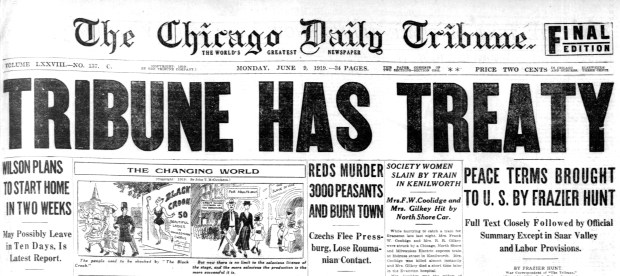Can I mow over the leaves that have already started falling in my garden? I’d prefer to leave them on the lawn rather than raking.
— Terence Coleman, Grayslake
I am also seeing early leaf drop in my home garden due to the recent dry weather. The leaf drop will increase in coming days and create extra work for gardeners. Like you, I do not like to rake leaves, so I do everything possible to avoid the task. I have had good results using a mulching mower on my lawn. The mulching mower handles all the fallen leaves throughout the season. Using a mulching mower ensures that the leaves get ground up into small pieces. My yard is mostly shaded by large oak trees, so lots of leaves end up falling on the grass. It’s been more than two weeks since I mowed my lawn, and the grass still has not grown much due to the dry conditions.
There are almost enough leaves on the grass now to warrant mowing to clean up the leaves. Sometimes in late fall, I do need to use a rake or leaf blower after mowing to remove
excess leaves that could end up smothering the lawn. It’s a judgment call as to how deep of a layer of shredded leaves should be left on the lawn. One guideline is that you should see more grass than leaves once you have mowed the lawn. Using a bag to collect the grass clippings and leaves results in a clean and manicured appearance for your lawn if that is what you prefer. The shredded leaves mixed with grass make for good compost.
As the fall season progresses, I drop the mowing height to 3 inches and then to 2 1/2 inches, with a final cut at 2 inches. Gradually reduce the mower height until you’re cutting grass at that shorter length. You should not remove more than one-third of the total blade length with each cut. Mowing at a lower height grinds up the leaves more effectively and saves lots of time raking. Mulching mowers do not work as well when the leaves are very thick, or the grass is very long or wet. Reduce the width of the grass you are cutting with each pass of the mower to reduce the strain on the engine and get a more complete mulching of the leaves. I prefer a more natural-looking garden, so the mowed lawn with bits of leaves left looks good to me.
The general rule is to keep mowing the lawn as long as it is growing and as long as the leaves are falling. This depends on the weather. If your lawn was fertilized this fall, you will likely get more growth, making late-season mowing more important so that the lawn does not get too long and mat down over the winter. Bluegrass generally stops growing when daytime high temperatures are consistently below 50 degrees Fahrenheit. My lawn is growing slowly now due to dry weather, but I expect to increase weekly mowing soon to keep up with the falling leaves. A very hard frost in the 20s usually slows (but doesn’t necessarily stop) the lawn’s growth for the year. An early snowfall that quickly melts generally has little influence on stopping the lawn’s growth. Avoid mowing or even walking on your lawn when there is frost to avoid damaging the crowns of the grass. The heavier the frost, the more potential damage you can do to the lawn by walking on it.
For more plant advice, contact the Plant Information Service at the Chicago Botanic Garden at plantinfo@chicagobotanic.org. Tim Johnson is senior director of horticulture at the Chicago Botanic Garden.





